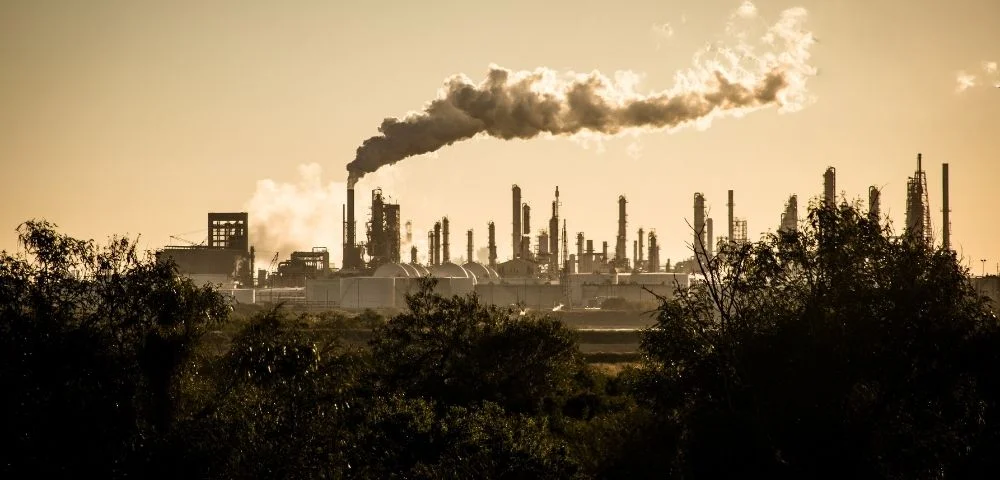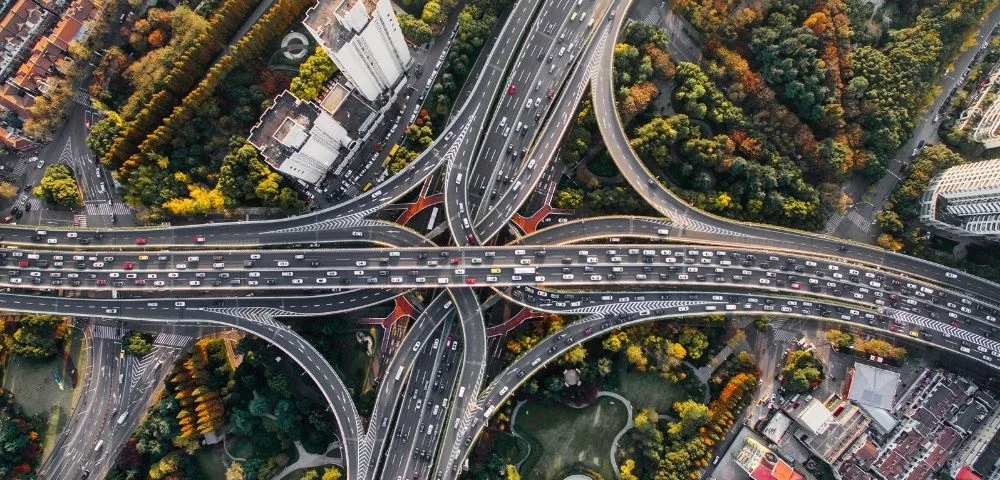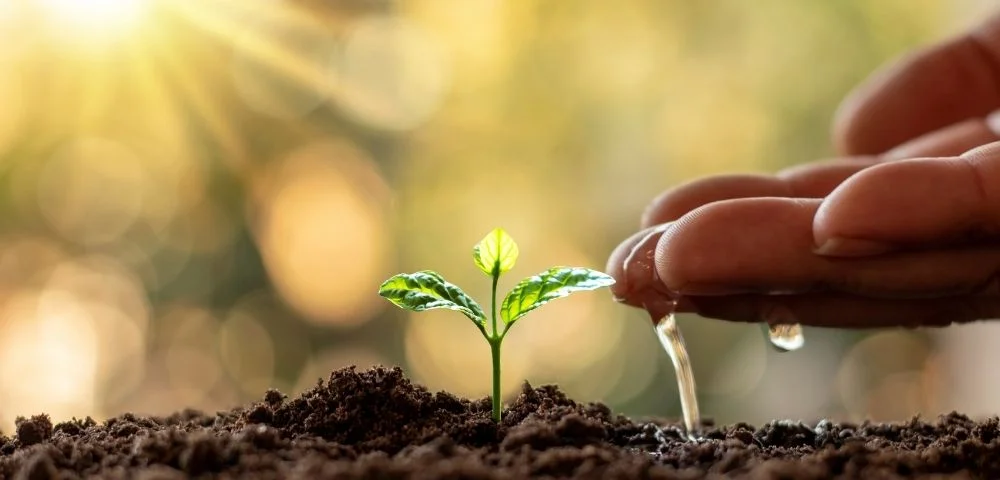
What is Climate Resilience?
The term climate resilience was coined by C.S. Hollings in the 1960s. It was introduced as a concept that defines the capacity of ecosystems to resist and adapt to external changes and stresses. Climate change is a reality of today, and its impacts are increasingly affecting our lives like never before. To minimize these impacts and adapt to external influences, efforts are being made in every field, known as "climate resilience."
The frequency and severity of weather events are increasing due to changing weather patterns, making it difficult to predict weather events. Dangers such as heatwaves, sea-level rise, severe storms, floods, droughts, and loss of biodiversity are predicted as some consequences of climate change. Some sources prefer to examine climate resilience as two subheadings: city resilience and human resilience.

Climate Resilience with Resilient Cities
Resilient Cities is a term that emphasizes the importance of making our living spaces more eco-friendly and adapting them to their natural construction sites without harming the environment. Key factors include designing the city to consider potential natural disasters and minimize environmental damage during the design phase.
For example, designing the sewer system to prevent flooding during heavy rainfall contributes to adaptation. Another crucial aspect of designing resilient cities is analyzing the region's rainfall risk and optimizing construction material usage to minimize environmental damage.
Application for Resilient Cities
There are several applications for creating resilient cities, such as increasing public transportation trips, using electric vehicles, and installing solar panels on suitable buildings. However, the same planning and strategy may not apply to every city.
Rapidly developing cities, in particular, may require more complex planning than newly emerging cities to become resilient. Ensuring that all segments of society benefit equally and avoiding disparities should be considered a priority when planning resilient cities.

Climate Resilience with Resilient Individuals
Climate change is a global problem that all communities will face sooner or later, depending on their region. It should not be forgotten that every community will face this problem regardless of time. Individuals who are aware of this and act accordingly are actually defined as resilient individuals.
The changes that communities make collectively in their lifestyles have a significant impact on climate change. Small differences that everyone can implement in their lives, such as reducing the use of single-use products and encouraging recycling, are a step towards becoming resilient individuals.
To Be a Resilient Individual for Climate
Now that you know the basic information about climate resilience, you can contribute to creating a climate-resilient society by spreading this information or supporting its dissemination. If you are interested in these and similar topics and want to help make your society more resilient and sustainable, you can regularly check the Buluttan Blog posts and discover more ways to help our planet.







